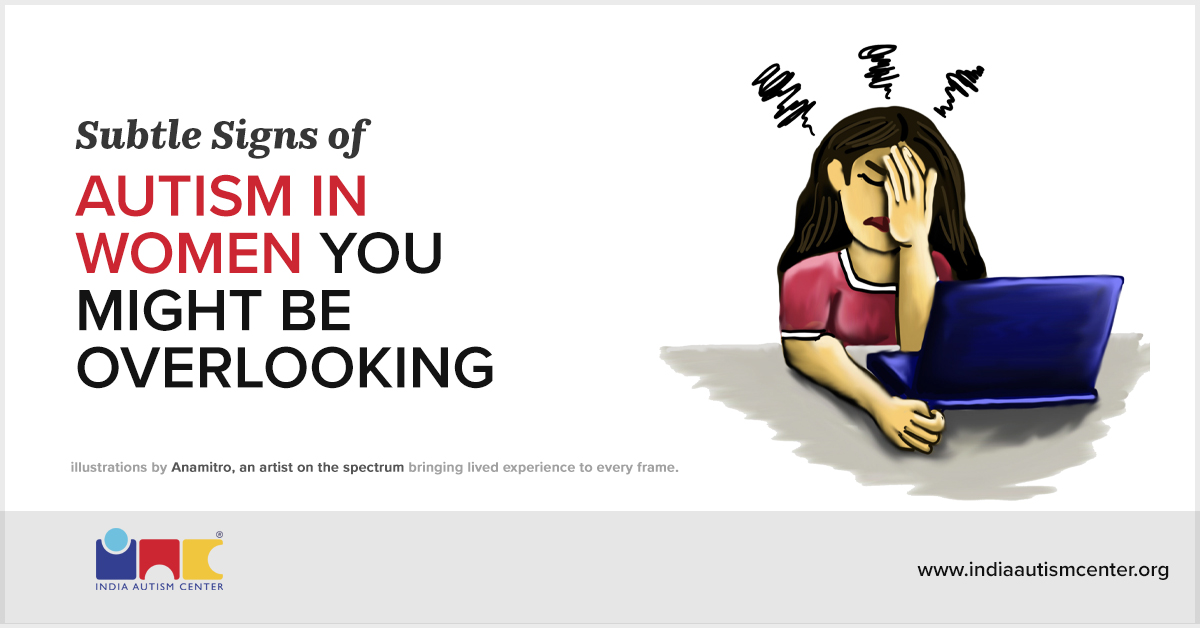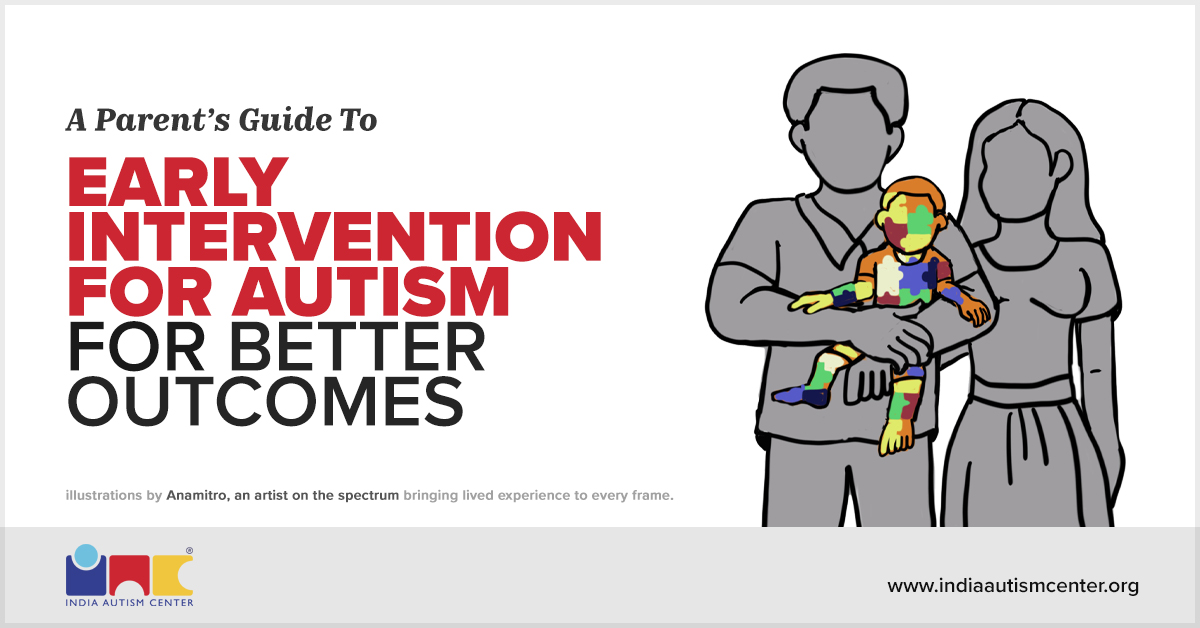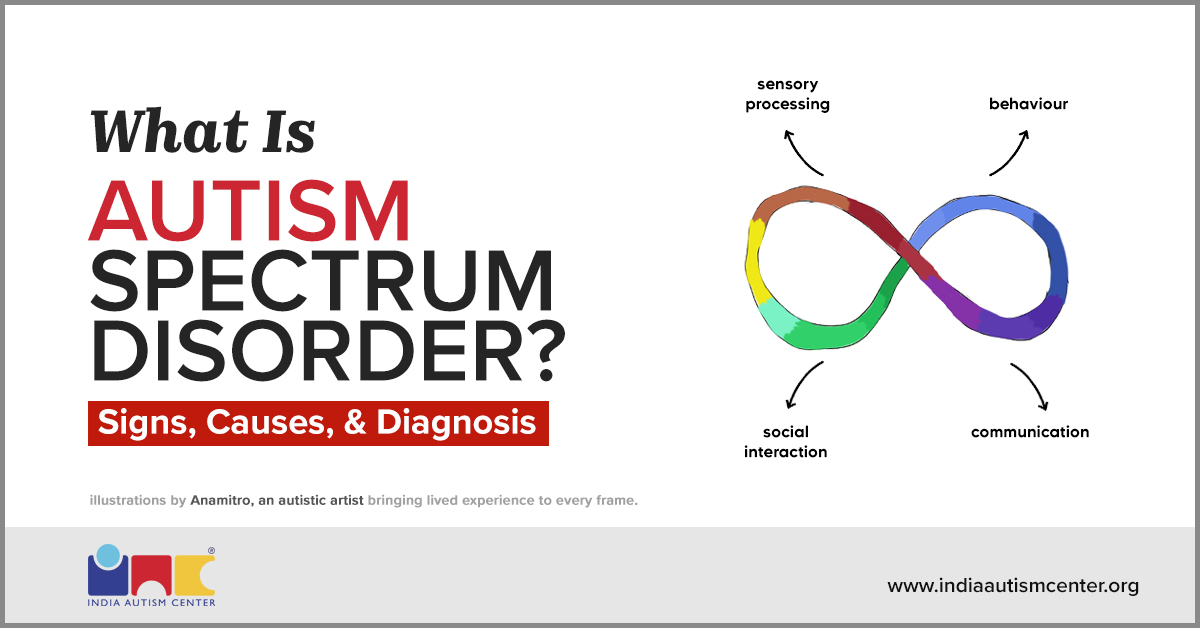In a world that moves at a rapid pace, understanding hyperactivity is more crucial than ever. Beyond the stereotypes and misconceptions lies a spectrum of conditions, including Attention-Deficit/Hyperactivity Disorder (ADHD) and hyperactive autism, that profoundly impact individuals across age groups and genders.
Let’s explore the nuances of hyperactivity, including its causes, symptoms, diagnosis, management strategies, and long-term outlook.
Hyperactivity – Overview
Hyperactivity isn’t merely a childhood phenomenon confined to bouncing off the walls. It encompasses a range of behaviors characterized by excessive movement, impulsivity, and difficulty focusing. While commonly associated with ADHD, hyperactivity also intersects with autism spectrum disorders, presenting unique challenges and opportunities.
Types of Hyperactivity
Hyperactivity encompasses various types, each presenting distinct characteristics and challenges.
Attention-Deficit/Hyperactivity Disorder (ADHD) is one of the most recognized types, characterized by a persistent pattern of inattention, impulsivity, and hyperactivity that impairs daily functioning. Within ADHD, there are three subtypes: predominantly inattentive, predominantly hyperactive-impulsive, and combined presentation, each reflecting different patterns of symptoms.
Hyperactive autism, often co-occurring with autism spectrum disorder (ASD), involves heightened levels of physical activity, sensory sensitivities, and difficulties with social interaction and communication. Individuals with hyperactive autism may exhibit repetitive movements, impulsivity, and a preference for routine and sameness.
Another type of hyperactivity is seen in certain medical conditions, such as hyperthyroidism, where excessive thyroid hormone production leads to symptoms like restlessness, irritability, and rapid heartbeat. Additionally, hyperactivity can manifest as a response to environmental factors such as exposure to allergens, food additives, or certain medications.
Understanding the various types of hyperactivity is crucial for accurate diagnosis and tailored intervention strategies. By recognizing each type’s unique characteristics and underlying factors, healthcare professionals can provide targeted support to individuals struggling with hyperactivity, enhancing their quality of life and well-being.
Causes of Hyperactivity
The causes of hyperactivity, encompassing both ADHD and hyperactive autism, are multifaceted and interconnected. Genetic predispositions play a significant role, with studies indicating a hereditary component in the development of both conditions. Variations in dopamine and norepinephrine neurotransmitter levels contribute to the neurological underpinnings of hyperactivity disorder symptoms, affecting attention, impulse control, and executive functioning.
Environmental factors also influence hyperactivity, with prenatal exposure to toxins such as alcohol, tobacco, or certain medications increasing the risk of neurodevelopmental disorders. Additionally, early childhood experiences, including trauma or neglect, can shape brain development and exacerbate hyperactivity symptoms.
The intersection of gender and hyperactivity reveals unique patterns, with women often exhibiting subtler signs such as internal restlessness, emotional dysregulation, and difficulty maintaining attention. In adults, hyperactivity may manifest as chronic disorganization, impulsivity, and difficulty managing responsibilities.
Moreover, hyperactive autism presents its own set of challenges, characterized by sensory sensitivities, repetitive behaviors, and social communication deficits. Understanding the diverse pathways leading to hyperactivity underscores the importance of personalized interventions and support systems tailored to each individual’s unique needs.
Signs and Symptoms of Hyperactivity in Women, Men, and Adults
Hyperactivity manifests differently across genders and age groups, often leading to underdiagnosis or misinterpretation of symptoms.
- In women, hyperactivity may present as restlessness, impulsivity, and difficulty staying organized, overshadowed by societal expectations of conformity.
- Men may exhibit more overt signs such as impulsiveness, recklessness, and difficulty regulating emotions.
- Adults, regardless of gender, may struggle with maintaining relationships, managing responsibilities, and coping with stress due to undiagnosed hyperactivity.
Diagnosis of Hyperactivity
Accurate diagnosis is the cornerstone of effective intervention for hyperactivity. However, the process can be complex, requiring comprehensive evaluation by healthcare professionals trained in recognizing the nuances of ADHD and hyperactive autism.
Screening tools, behavioral assessments, and clinical interviews help distinguish hyperactivity from other conditions and get personalized treatment plans.
Managing Hyperactivity
Managing hyperactivity involves a multipronged approach that addresses both symptoms and underlying factors.
- Behavioral therapies, such as cognitive-behavioral therapy (CBT) and social skills training, empower individuals to develop coping strategies and improve self-regulation.
- Medication, such as stimulants or antidepressants, may be prescribed to target specific symptoms and enhance neurotransmitter function.
- Lifestyle modifications, including exercise, mindfulness practices, and dietary changes, complement traditional interventions by promoting overall well-being.
How to Prevent Hyperactivity
While hyperactivity may have a genetic component, early intervention and preventive measures can mitigate its impact.
Creating supportive environments accommodating sensory sensitivities and individual learning styles fosters resilience and adaptive coping mechanisms.
Education and awareness campaigns destigmatize hyperactivity and promote acceptance, reducing barriers to diagnosis and treatment.
Promoting healthy lifestyle habits, such as regular physical activity and balanced nutrition, also supports optimal brain function and emotional regulation.
The Long-term Outlook on Hyperactivity
Navigating hyperactivity is a lifelong journey marked by challenges and triumphs. With early intervention and ongoing support, individuals with ADHD and hyperactive autism can lead fulfilling lives, harnessing their unique strengths and talents. Embracing neurodiversity fosters a culture of inclusivity and innovation, empowering individuals to thrive in diverse social and professional settings.
Conclusion
Understanding hyperactivity transcends stereotypes and assumptions. By acknowledging the complexities of ADHD and hyperactive autism, we can pave the way for greater acceptance, support, and empowerment.
Together, let’s foster a world where everyone has the opportunity to shine, regardless of their neurological makeup.






